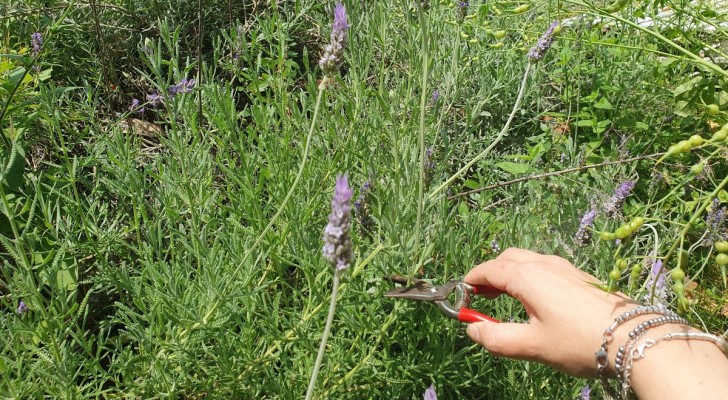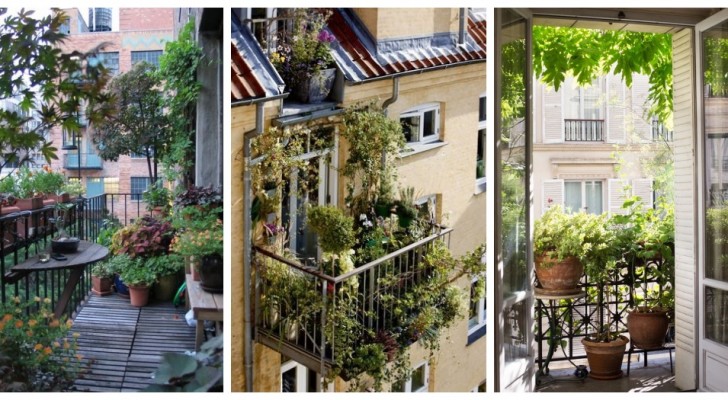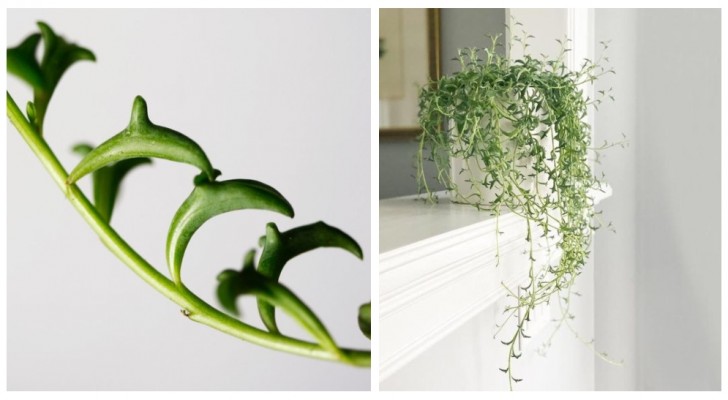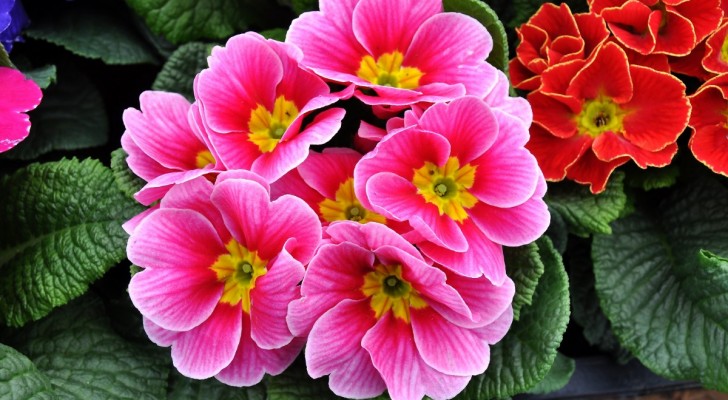A succulent plant that looks like a rose? Discover this beautiful succulent that comes from the Canaries
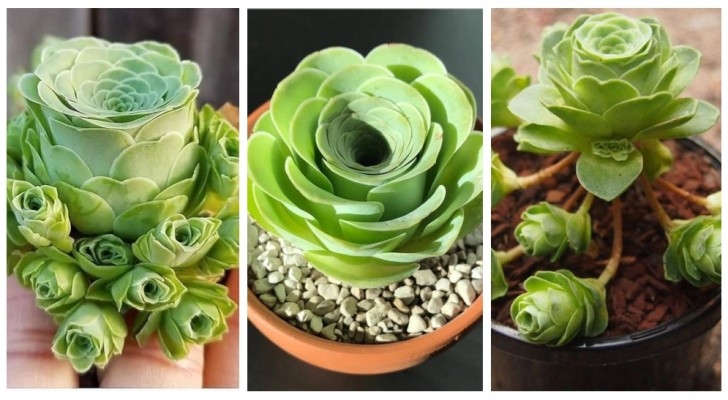
One of this plant's common names is the Mountain Rose, but in reality it is a succulent plant (or what Italians usually call "fat" plants, when literally translated) that actually looks like a rosebud, but with only fleshy, jade-colored petals.
Greenovia Dodrentalis is a plant native to the tropical Canary archipelago, in particular the island of Tenerife. Another scientific name by which it is known is Aeonium Dodrantale. Its growth is slow, making it easy to grow indoors as long as the conditions are right. It reaches a maximum of 20 cm in height, and the roses reach a maximum of 6 cm in diameter. Find out more about this plant by reading further:
- Exposure: If you want to grow Mountain Roses outdoors, a semi-shaded position is recommended, where they are not constantly in direct sunlight, but are also not placed in too much shade. In the home, however, a bright room will be needed. Since they risk dying if exposed to intense cold for a long time, in winter it is always recommended to place them in shelter by bringing them indoors. Also, winter is the time when they grow the most, so it's best to enjoy their development up close by having them inside with you.
- Soil: Like other succulents, Mountain Roses need a well-draining substrate. It is therefore advisable to use a little soil mixed with perlite and also pumice stone, so as to be very pourous and well-draining.
- Irrigation: It will need water when the substrate dries up, so basically every two weeks in winter (even more) and a little more often in warmer periods should be enough, but be careful not to overdo it.
Do not plant Mountain Roses in pots that are too large: in nature they often grow in crevices between rocks, so even indoors they don't need to be planted in containers which are too "wide". You can repot them, if they grow consistently every two or three years at the most.
Furthermore, the external leaves at the bottom, when the plant is now adult, tend to detach themselves from the main body, taking on a vaguely pinkish, sandy color.
These plants then produce smaller daughters, usually all around the original in a circle. If you want, you can separate them (always using sterilized knives or scissors and with a clean cut, and not breaking them off by hand) to create new, individual plants. Or you can grow them all together and admire the composition they will form on their own.
Would you like to grow these succulent plants indoors?
